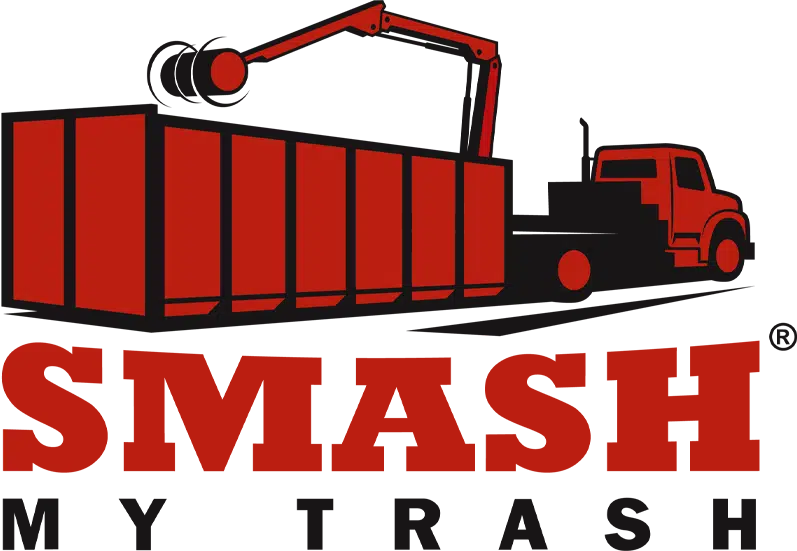What is a Waste Audit?
A waste audit is a documented process used to identify and evaluate key metrics in an organization’s waste management system. These metrics include things like types of waste generated, the composition and quantity of waste, and in general the effectiveness of the current waste management process. This data is used to inform future decisions needed to become a more profitable and efficient organization.
What are the Benefits of a Waste Audit?
Implementing an annual waste audit in almost any business will net long-term results. The benefits can be seen in multiple areas. A successful waste audit will help identify areas of excess to help reduce overall operating costs, it should streamline the waste management process within your company, promote a more sustainable future and meet emission requirements, and most importantly identify goals for your team to meet to improve your business.
Streamline Waste Management
A huge portion to note about conducting a waste audit is its ability to help a business identify what is and isn’t working. Throughout the process, it’s common for companies to recognize inefficiencies and opportunities for improvement that aren’t always obvious.
Through this identification process comes a new set of best practices, shifts in materials, and changes that resonate with a company’s best interests. A waste audit is the first step to implementing a successful long-term waste management strategy.
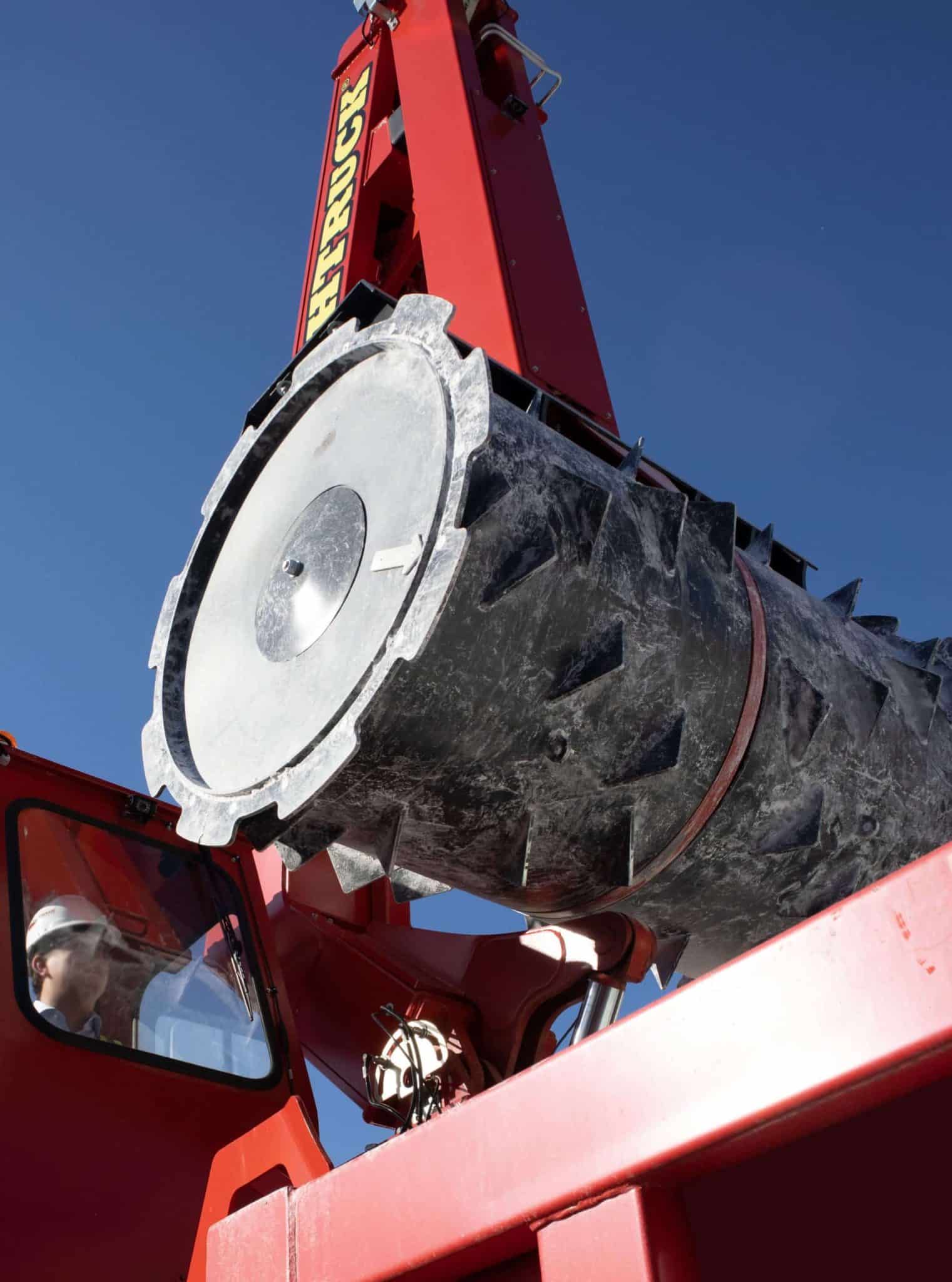
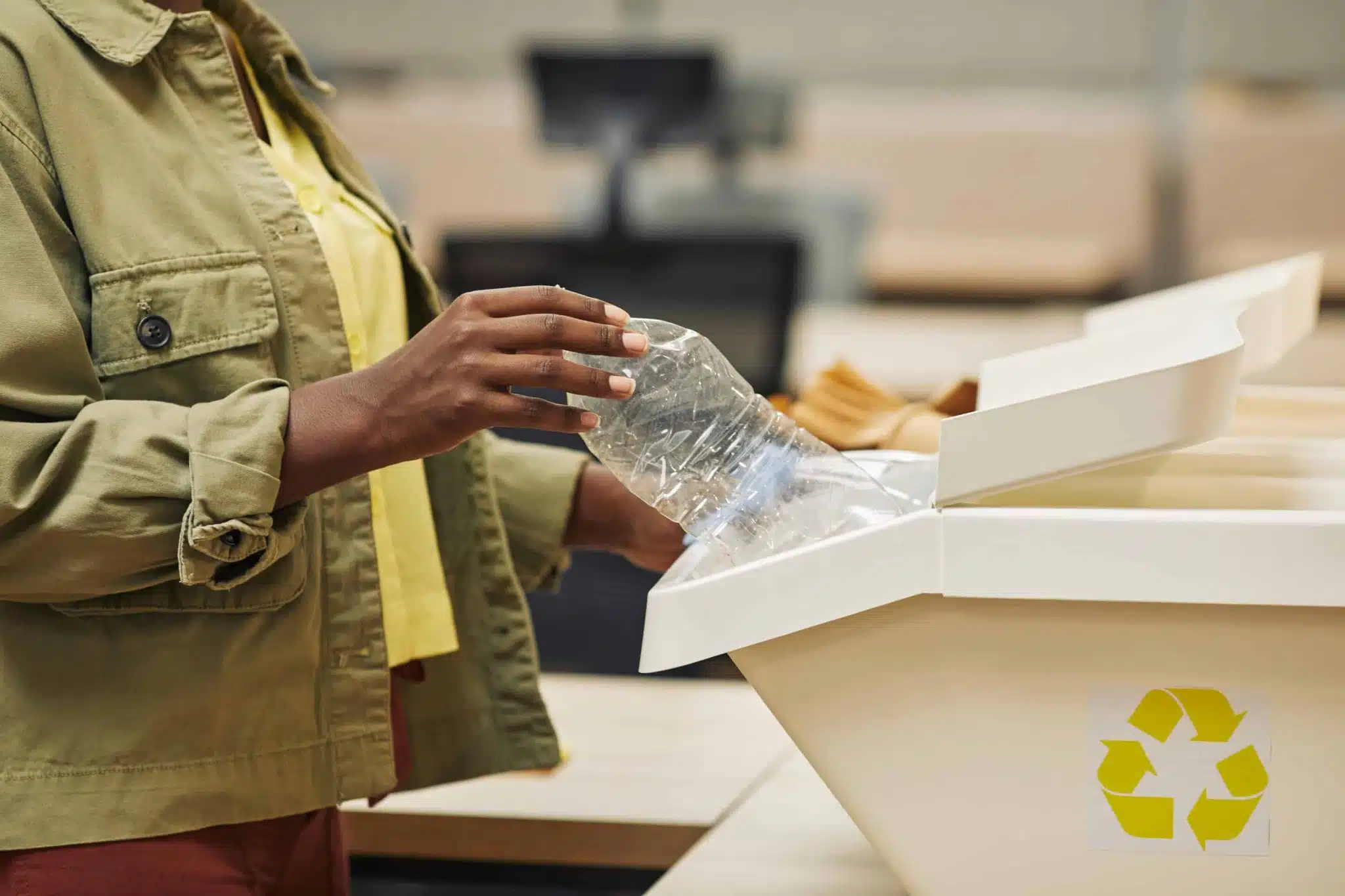
Reduce Operating Costs
Most successful business owners love saving money, especially in instances of excessive waste or misuse of resources. Another benefit of conducting a waste audit is the potential cost-savings it can uncover.
A great example of this is the evaluation of how much an organization is paying to haul away trash each month. Waste management companies want to go unnoticed. They are a necessary service, but one that can come with lots of hidden fees and unnecessary scheduled hauling bills.
Services like Smash My Trash understand what it takes to reduce operating costs. The service safely and efficiently reduces the volume of waste in open-top dumpsters. More space means fewer necessary hauls and significantly lower hauling bills.
Promote Sustainability & Meet Certification Requirements
Conducting a waste audit also provides valuable data that helps businesses reach sustainability and compliance goals. This is vital data for creating sustainable and compliance-driven goals that reduce carbon emissions. It looks different depending on the industry standards but practices like waste diversion or dumpster compaction can quickly show dividends in your emission conservation effort.
Waste diversion is the process of redirecting waste away from landfills and towards efforts like recycling and/or reusing. It’s a popular practice because of the growing demand for landfills and the desire to reduce the over-saturation of landfill waste.
Dumpster compaction is the process of compressing waste to improve the total volume of waste in landfills. Additionally, waste compaction saves haulers from making excessive trips in vehicles that aren’t fuel efficient. Fewer hauler trucks on the road mean less long-term CO2 emissions.
On top of promoting sustainable operations, conducting a waste audit is also a requirement for green certifications like LEED. These requirements involve using your waste audit’s results to establish a baseline weight and volume being generated by each type of waste. These results then identify opportunities for increased recycling and waste diversion.
Identify Goals & Communicate Success
The quantifiable data provided by waste auditing can inform businesses’ efforts to reduce waste and create a solid waste management plan. For example, businesses can calculate their diversion rate with a simple formula, allowing them to set executable waste diversion goals.
Tracking these goals allows businesses to identify improvements and communicate their commitment to sustainable practices. Some benefits of transparent sustainability goals include improved brand perception, customer advocacy/loyalty, and increased investor confidence.
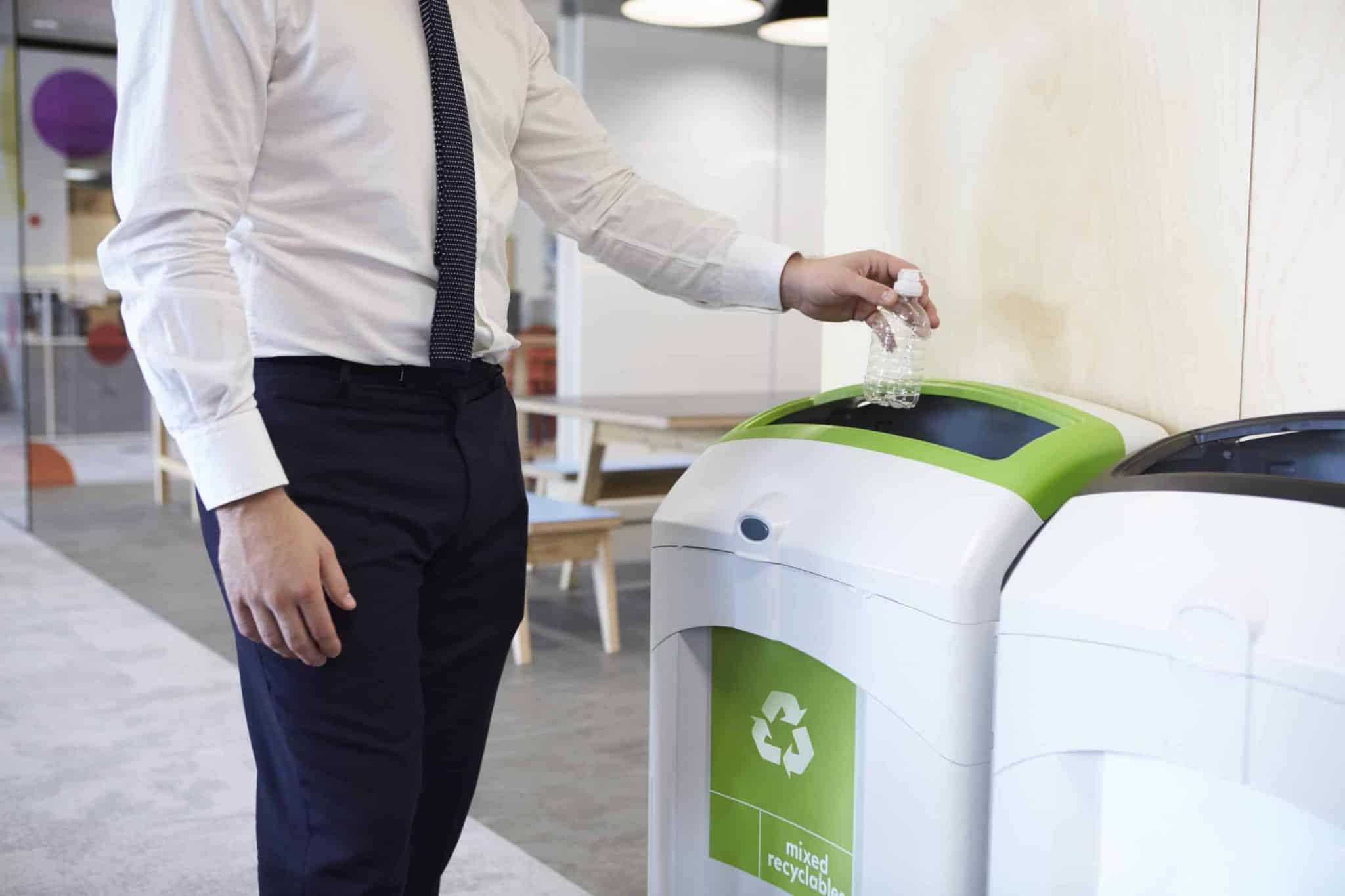
How to Conduct a Waste Audit in 5 Simple Steps
Now to the fun part! Conducting a waste audit doesn’t have to be as challenging as it may seem. We will cover it in five simple steps that by the end will lead to an actionable plan that’s ready for implementation. It all starts with the foundation of a solid plan.
1. Build a Waste Audit Plan
Before starting the audit, a plan needs to be set in place to work out the logistics of its effectiveness. This means assembling a team made up of members of each department. Waste management is a group effort because everyone generates it! It’s extremely important to put together a diverse audit team, as key decisions will be made during this process that requires a holistic view of the company’s operations.
Once you’ve selected your team members, it’s time to pick a date and location for the audit to take place. In some instances, this could be over a week period to get a more comprehensive look at the operation. Pick a time when waste operations are running normally to ensure an accurate audit of daily waste management. It’s also important to inform the custodial team and any other relevant parties that the waste audit will be taking place and the trash should not be taken out that day.
2. Gather Your Supplies
You’ll need a few key items to complete the waste audit. Some of the necessary items include:
- Garbage bags
- Labels
- Scales
- Safety Equipment (Gloves, eyewear, etc.)
- Something for documentation like pen/paper or a mobile device like an iPad or laptop.
- Hand Sanitizer
- Tape Measure
- Laser pointer
Not all these items are necessary but can be helpful and assist in larger-scale operations with many moving parts.
3. Sort & Audit Your Waste
The next step is to begin the sorting and gathering process. Start by identifying as many categories as possible of waste your items fall under and start to collect data. This means weighing bags of waste and individual items, identifying what departments the waste is from, and evaluating your recycled materials to see if there are items included or missing from the diversion.
Some helpful categories to start with include:
- Glass
- Paper
- Signage
- Food Waste
- Plastic Bottles
- Cans
- Packaging Materials
Once you’ve sorted all waste categories, weigh each one and document the results to get a good idea of your weekly waste breakdown.
![iStock-1388965773 [Converted] safety equipment icons](https://smashmytrash.com/wp-content/uploads/2024/10/iStock-1388965773-Converted.jpg)
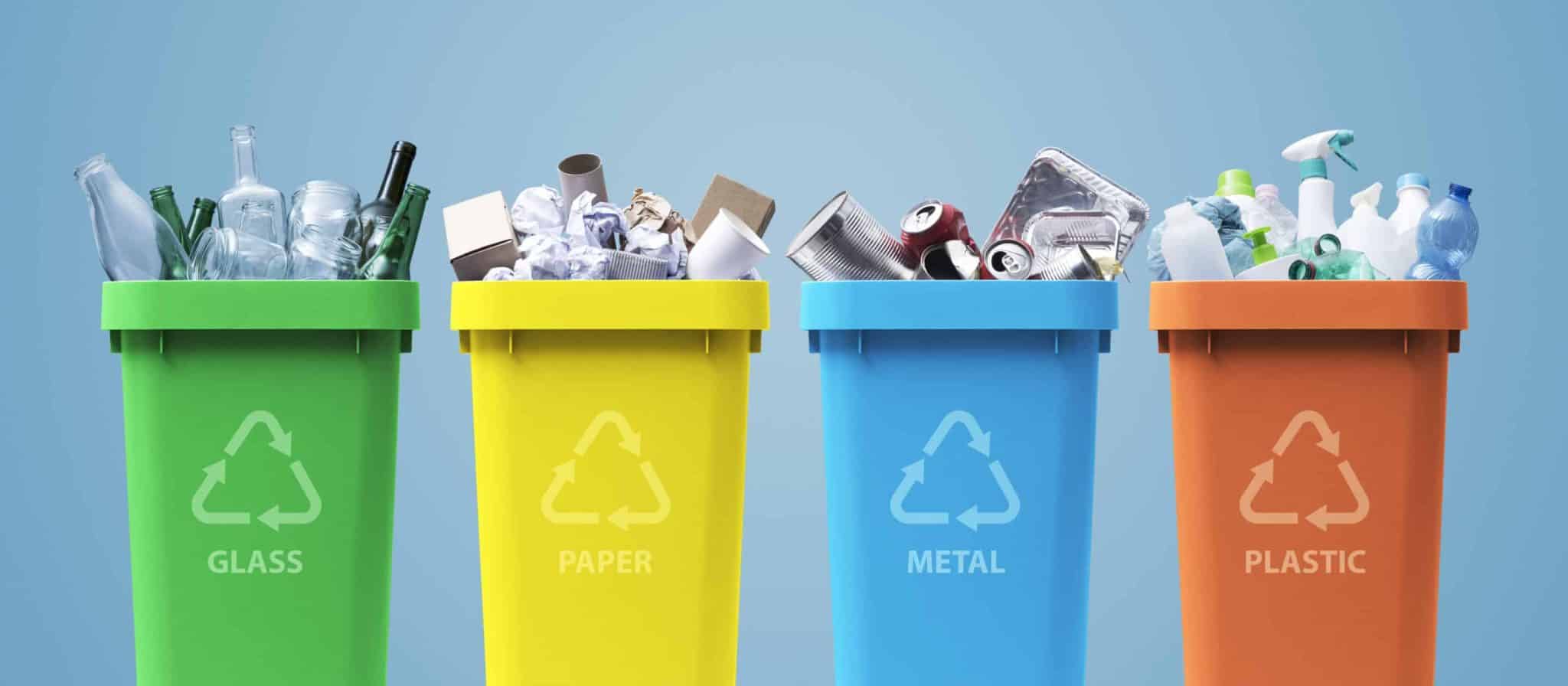
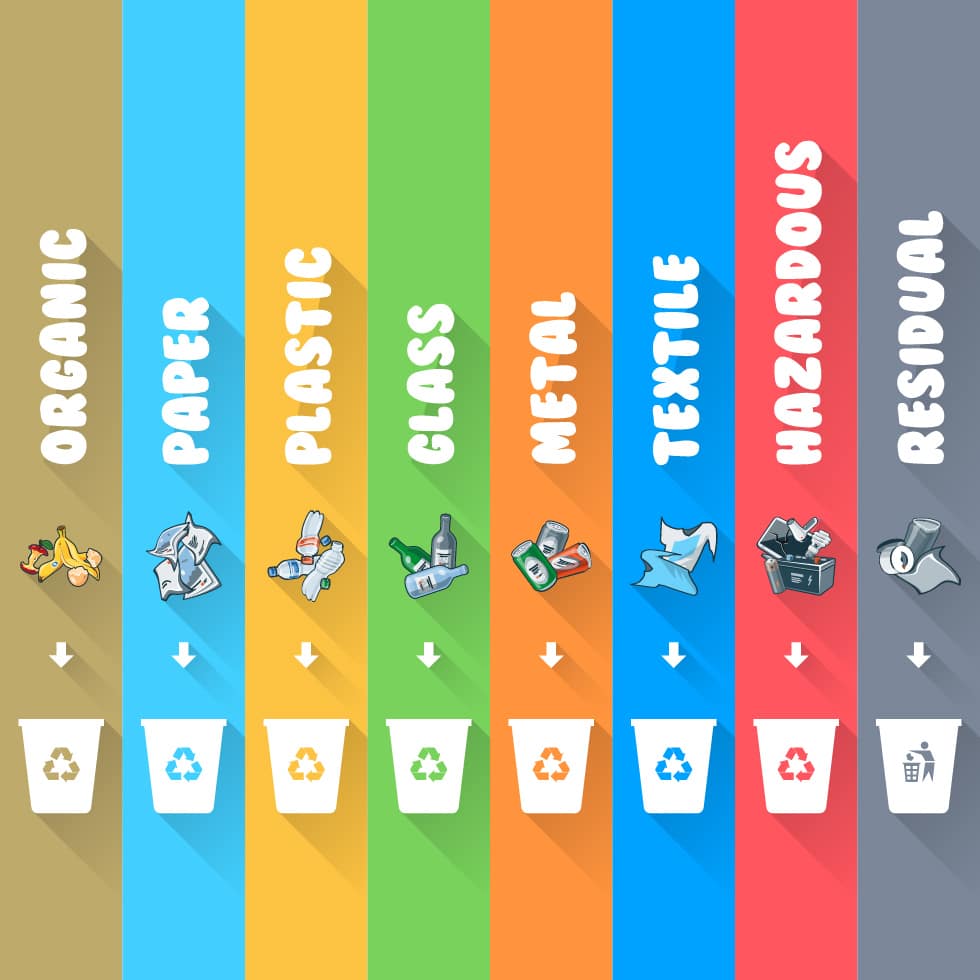
4. Analyze Your Results
It’s time to start assessing the data. Once all the categories have been weighed and categorized, this data can be used to conduct a waste stream analysis to get an accurate look at your waste diversion rate. Use the formula above to get a weekly waste diversion percentage.
Some questions to answer from your data include:
- Which categories have the most amount of waste?
- How did the amount in each category differ between departments?
- Were there categories you didn’t realize you had?
- Was the volume of waste higher or lower than you expected?
- How much does removing waste and recycling cost you currently?
5. Communicate You Findings
Now that you’ve conducted the audit, it’s time to organize your findings and communicate them accordingly. Set goals for new waste diversion tactics, evaluate if there’s room to improve your carbon footprint and look into additional services like mobile waste compaction to improve efficiency in your dumpster space. Identify items that can be reused before disposal and create recycling guidelines to help meet that goal and share them with the entire staff.
Waste Audit Next Steps
From this point on the waste auditing process is complete, BUT the hard part begins. Evaluation is just one piece of a successful waste management process. Now is the time to put goals and initiatives into action, hold your team accountable, and prepare for the next waste audit.
By the time your team is ready to conduct another waste audit, it will be time to assess how your goals and plans have been implemented. Typically, this is a 1 to 2-year window before reevaluation, but by that time plans should fully be in place and the fruits of your labor will start to shine through.
If your waste audit results point to overflowing dumpsters, excessive hauler bills, or highly compactable waste as key issues, consider the services of Smash My Trash to improve your waste management. The value of mobile waste compaction can be found in almost every open-top dumpster we service. Take control of your waste and see what Smash My Trash can do for your business.
